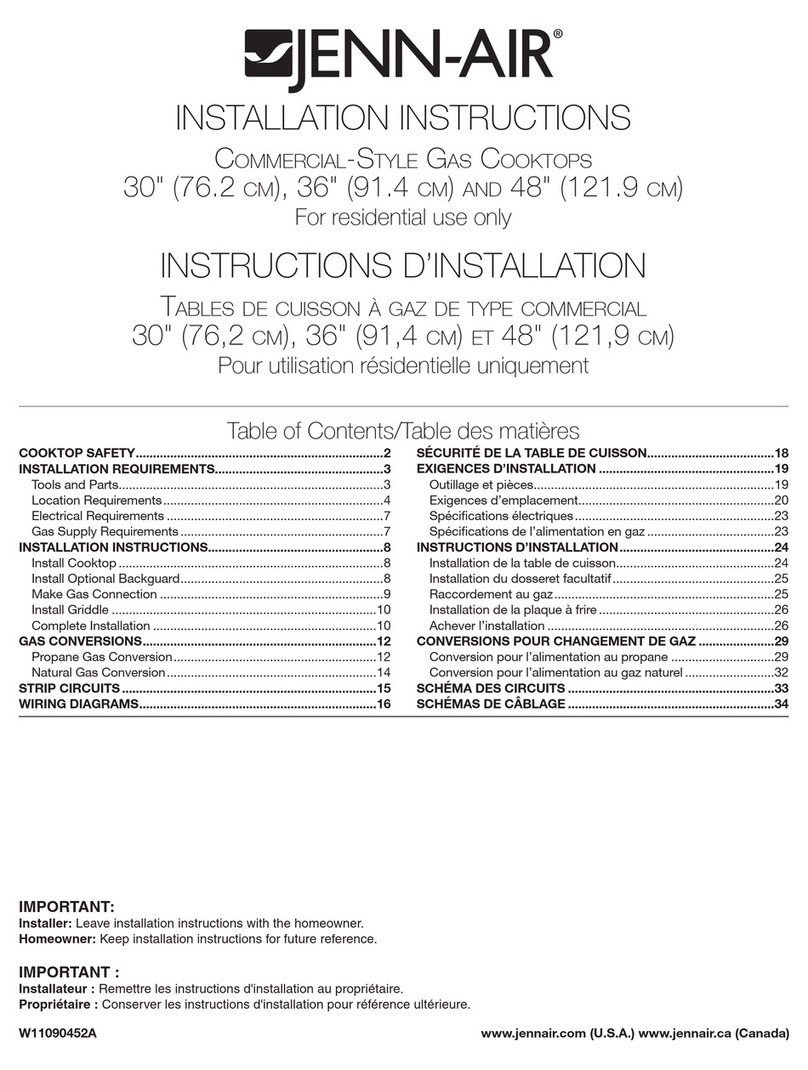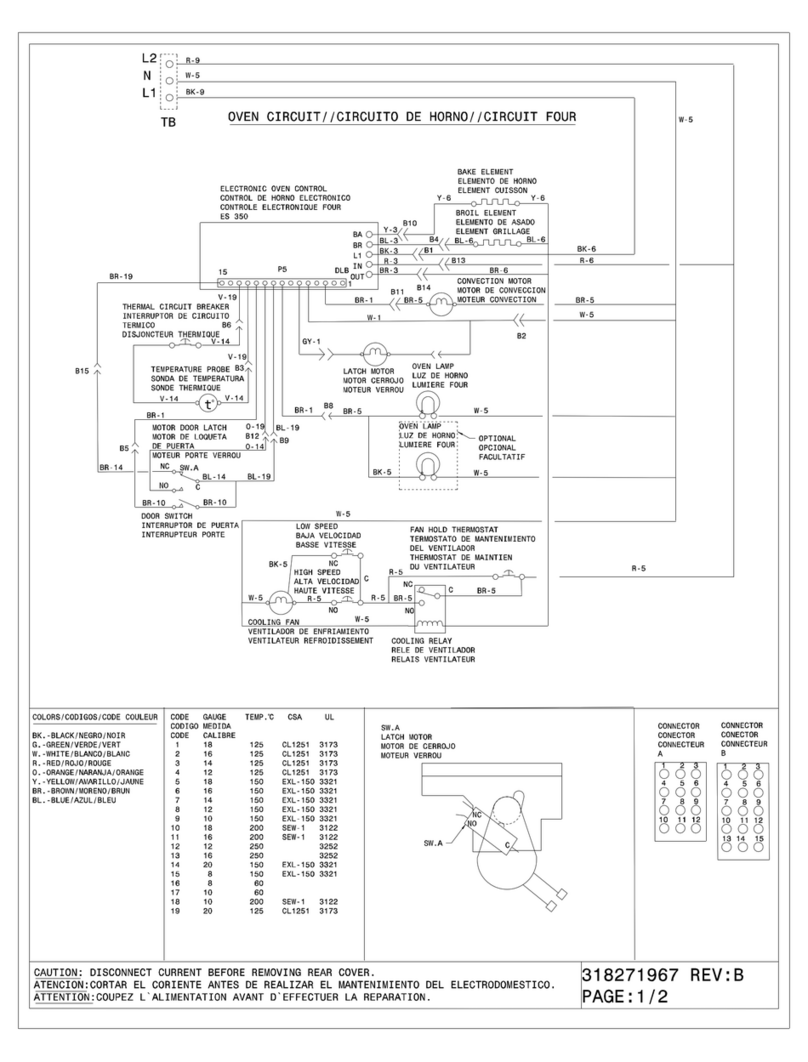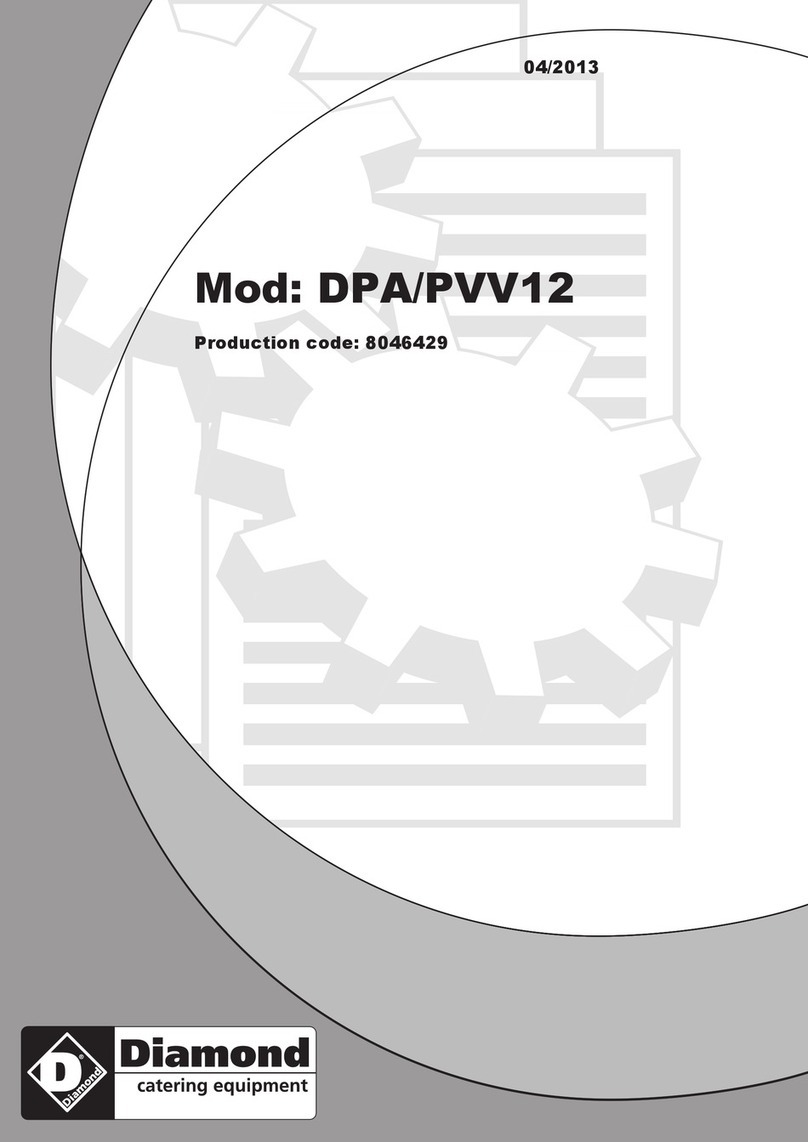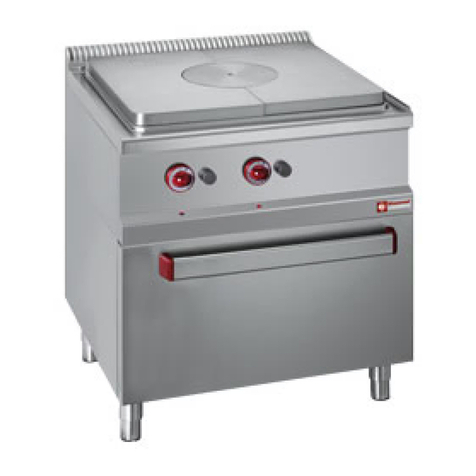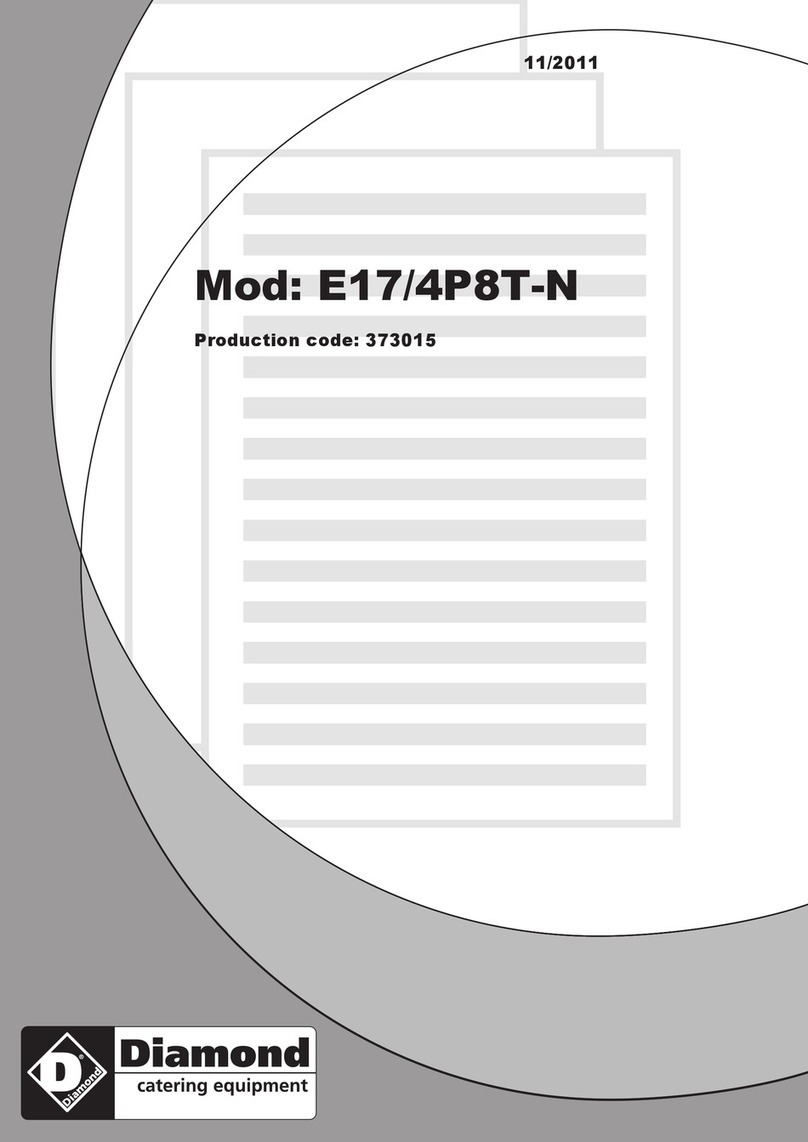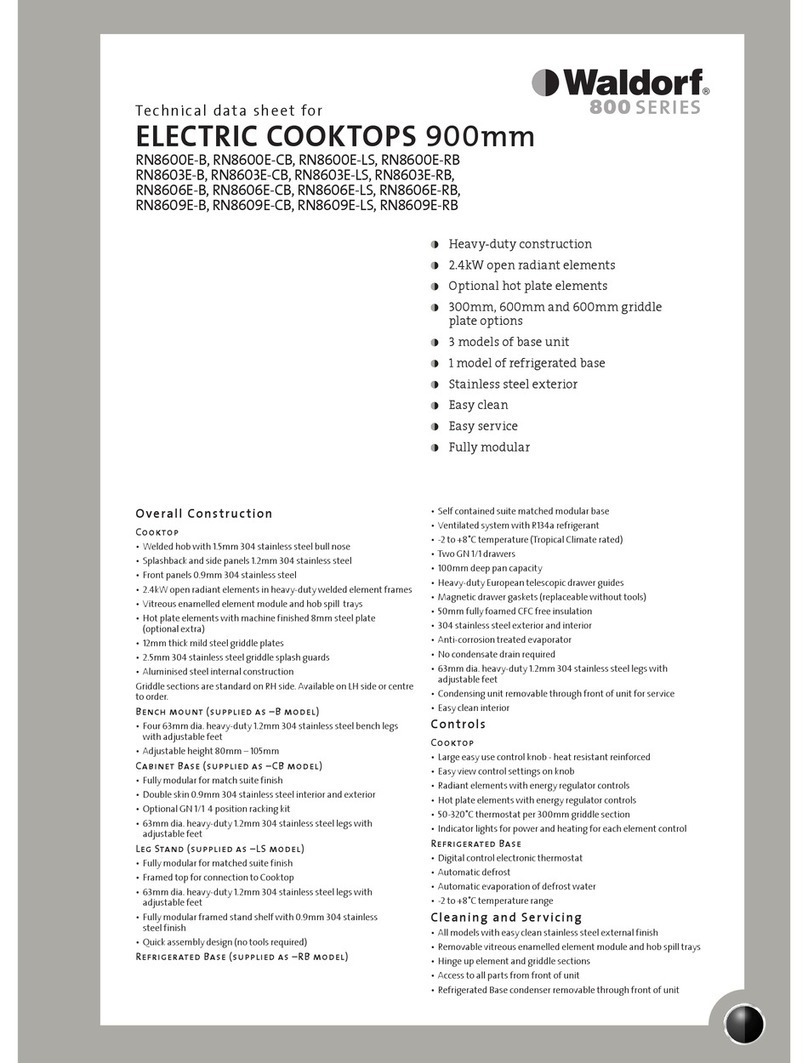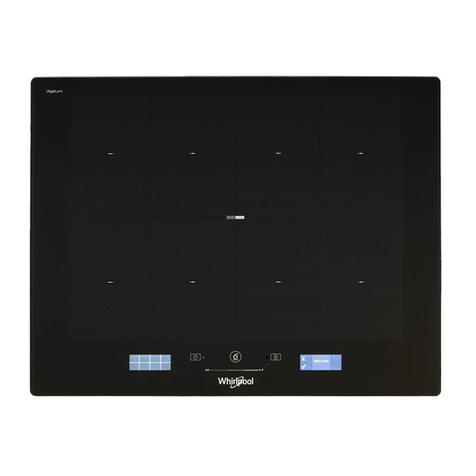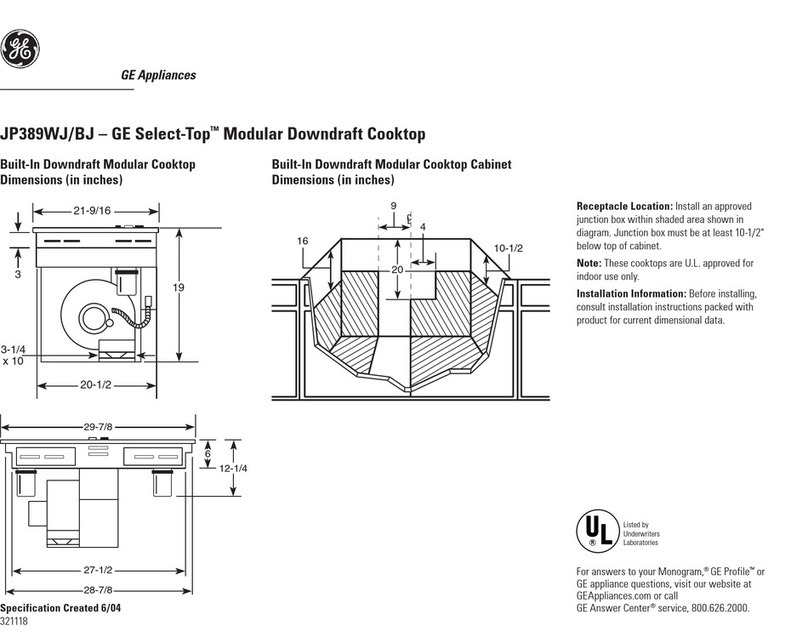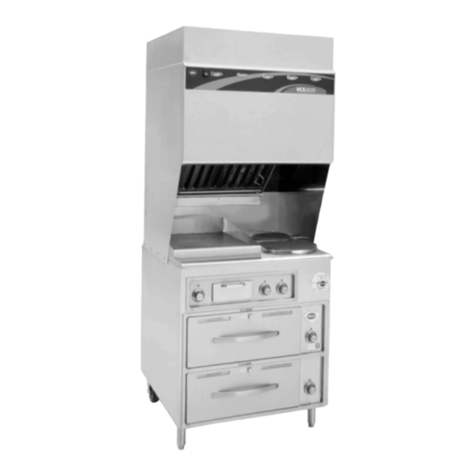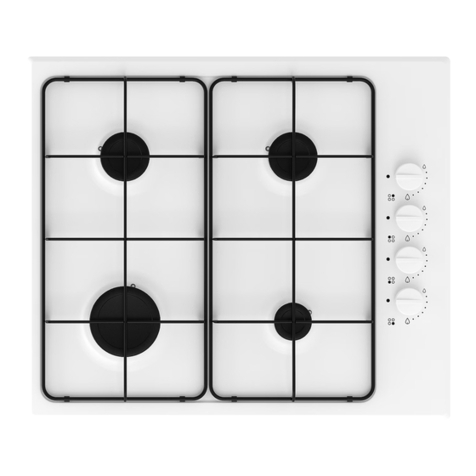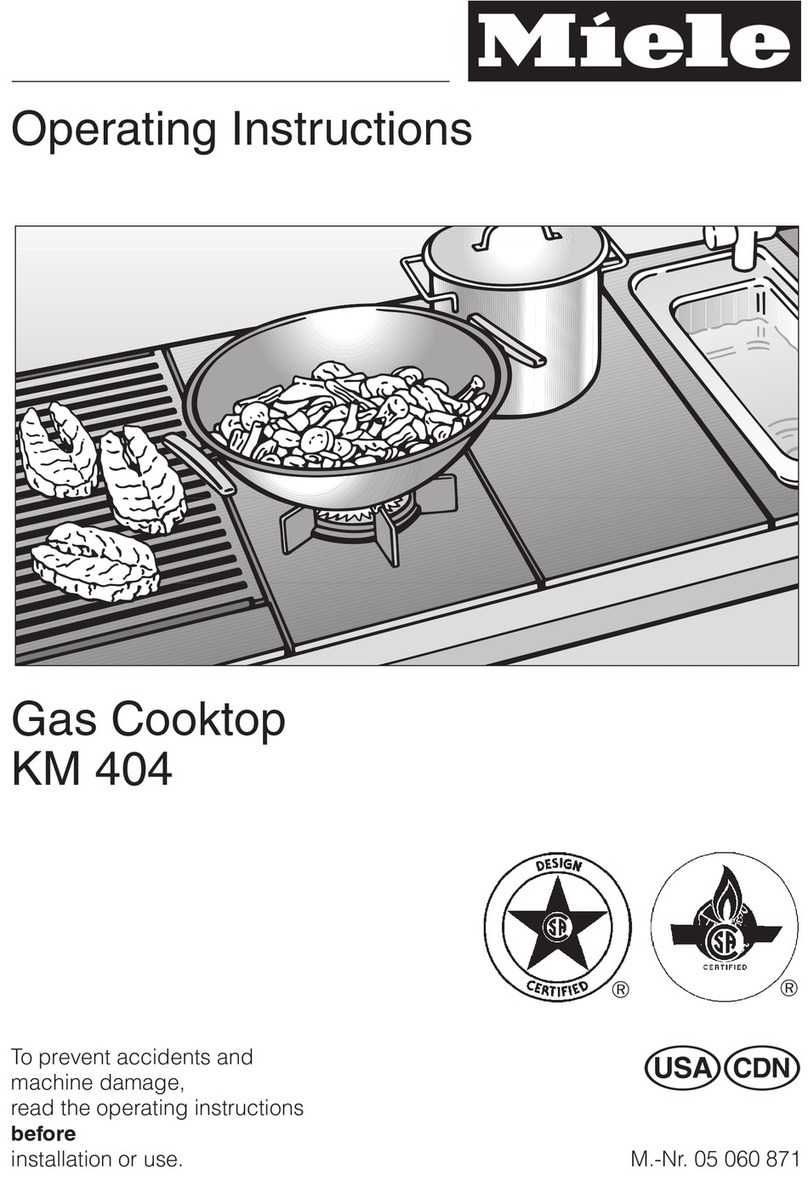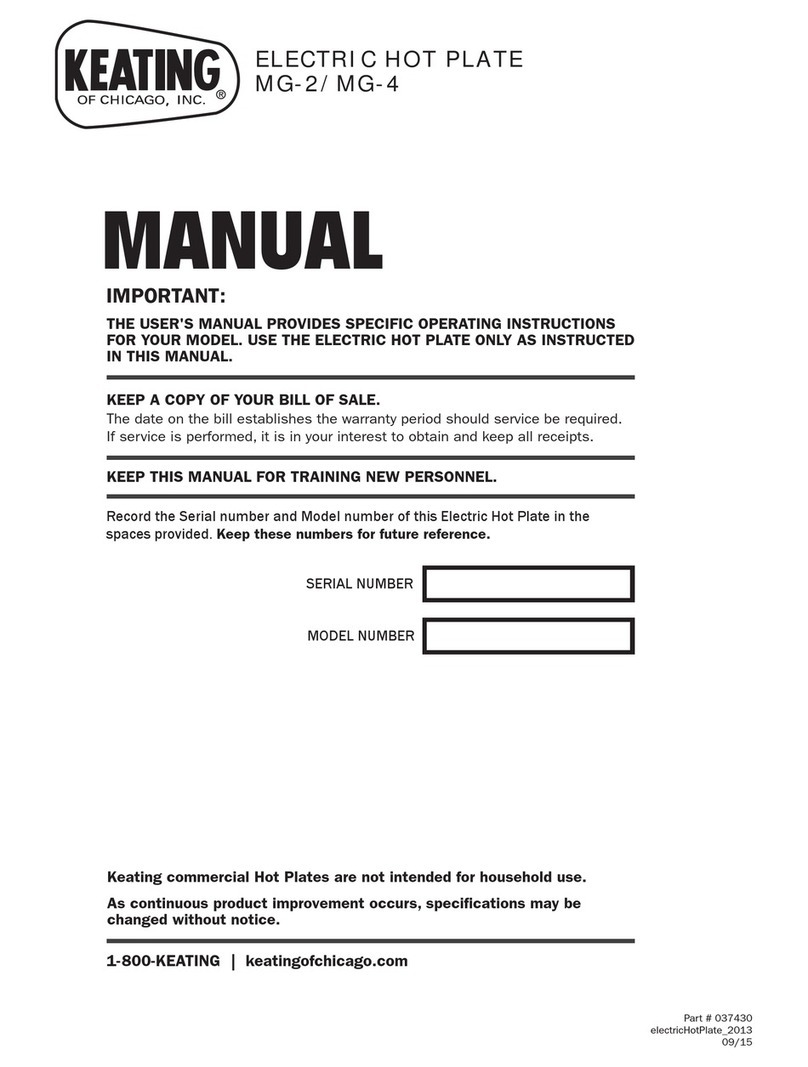
- 6 -
I
3. COLLEGAMENTO ELETTRICO
L’allacciamento elettrico dev’essere eseguito nel rispetto delle norme CEI, solo da personale autorizzato e competente.
In primo luogo esaminare i dati riportati nella tabella dati tecnici del presente libretto, nella targhetta e nello schema elettrico.
L’allacciamento previsto è del tipo sso.
IMPORTANTE: A monte di ogni apparecchiatura è necessario prevedere un dispositivo di interruzione omnipolare della rete,
che abbia una distanza di contatti di almeno 3 mm., esempio:
- interruttore manuale di adatta portata, corredato di valvole fusibile
- interruttore automatico con relativi relè magnetotermici.
3.1 MESSA A TERRA
E’ indispensabile collegare a terra l’apparecchiatura.
A tale proposito è necessario collegare i morsetti, contraddistinti dai simboli ( ) posti sulla morsettiera arrivo linea, ad una
efcace terra, realizzata confermemente alle norme in vigore.
AVVERTENZE SPECIFICHE
La sicurezza elettrica di questa appartecchiatura è assicurata soltanto quando la stessa è correttamente collegata ad
un efcace impianto di messa a terra come previsto dalle vigenti norme di sicurezza elettrica; il costruttore declina,
ogni responsabilità qualora queste norme antinfortunistiche non vengano rispettate.
E’ necessario vericare questo fondamentale requisito di sicurezza e, in caso di dubbio, richiedere un controllo accurato
dell’impianto da parte di personale professionalmente qualicato.
Il costruttore non può essere considerato responsabile per eventuali danni causati dalla mancanza di messa a terra
dell’impianto.
ATTENZIONE: NON INTERROMPERE MAI IL CAVO DI TERRA (Giallo-verde).
3.2 EQUIPOTENZIALE
L’apparecchiatura deve essere inclusa in un sistema equipotenziale la cui efcienza deve essere vericata secondo le norme
in vigore. La vite contrassegnata con la targhetta «Equipotenziale» si trova vicina alla morsettiera sul basamento nei modelli
con forno e sul retro nei restanti modelli.
3.3 CAVO D’ALIMENTAZIONE
L’apparecchiatura viene consegnata predisposta per una delle seguenti tensioni:
3N AC 380...415 V; 3 AC 220...240 V; 1N AC 220...240 V 50/60 Hz.
Il cavo essibile per l’allacciamento alla linea elettrica deve essere di caratteristiche non inferiori al tipo con isolamento in
gomma H07RN-F. Il cavo deve essere introdotto attraverso il ferma cavo e ssato bene. Inoltre la tensione di alimentazione,
ad apparecchio funzionante, non deve discostarsi dal valore della tensione nominale ± 10%.
Per accedere alla morsettiera onde collegare l’apparecchiatura ad una rete d’alimentazione avente caratteristiche diverse da
quelle previste, o per sostituire il cavo d’alimentazione, occorre:
- smontare il pannello frontale (top o top + armadio) oppure
- smontare l’apposito pannello sul anco sinistro (cucina con forno)
- collegare il cavo d’alimentazione alla morsettiera secondo le necessità, seguendo le indicazioni riportate sull’apposita
etichetta collocata vicino alla morsettiera e nel presente libretto.
3.4 CONSIGLI PER L’INSTALLATORE
Mettere in funzione l’apparecchio secondo le istruzioni d’uso e spiegare il funzionamento all’utente utilizzando il libretto
istruzioni e illustrando eventuali modiche costruttive e/o funzionali. Lasciare il libretto istruzioni all’utente spiegando che
lo deve utilizzare per ogni ulteriore consultazione.

